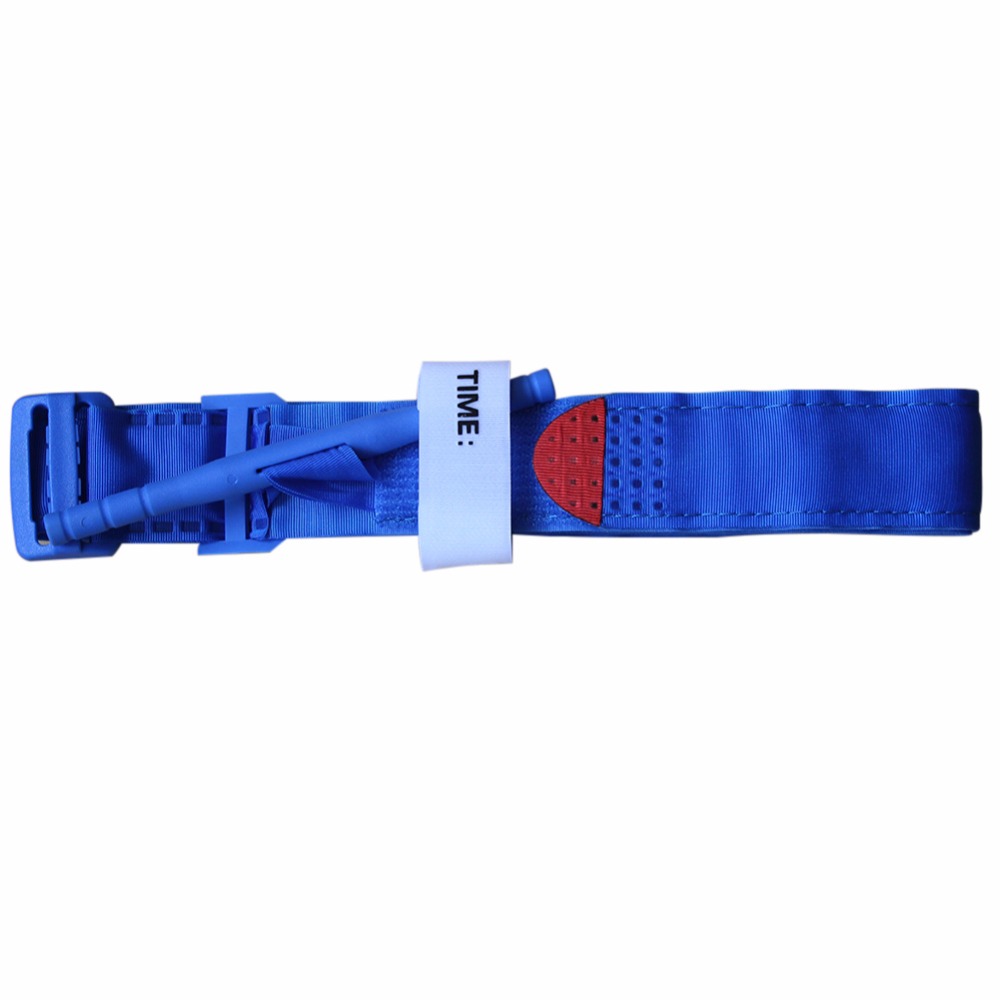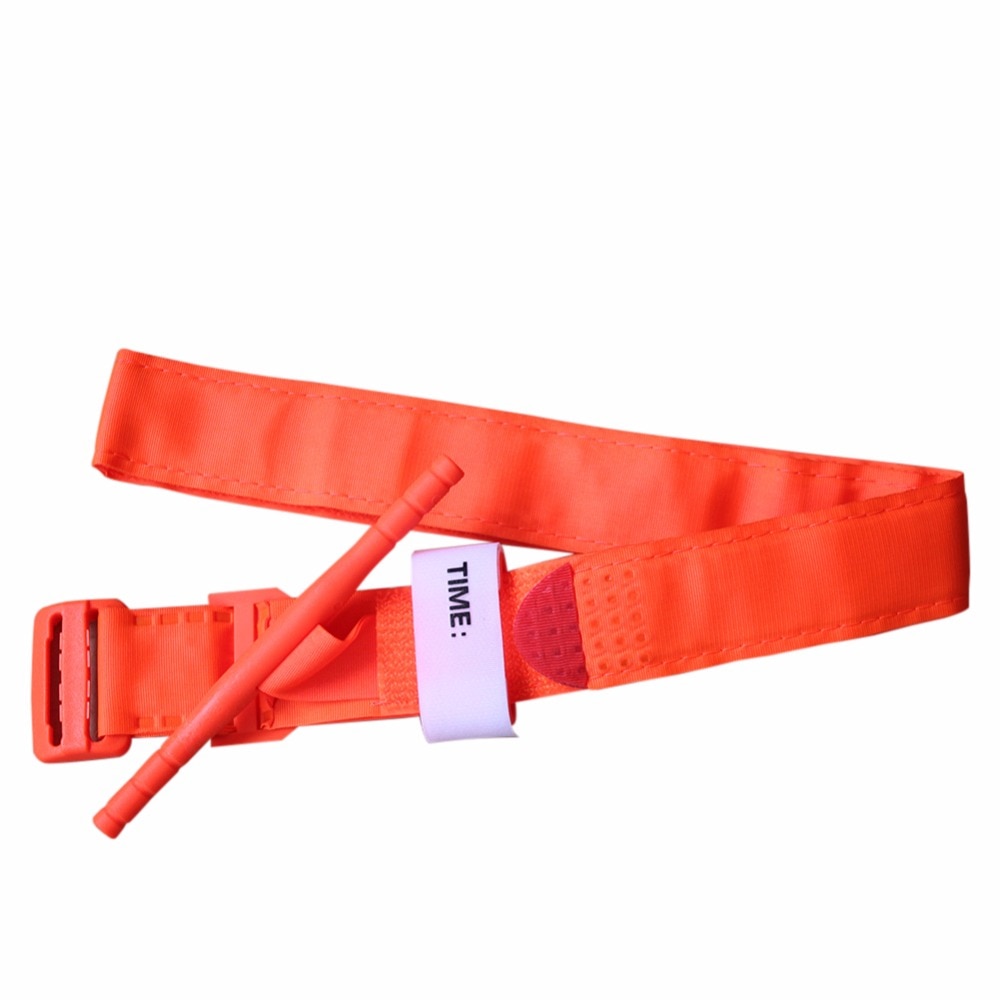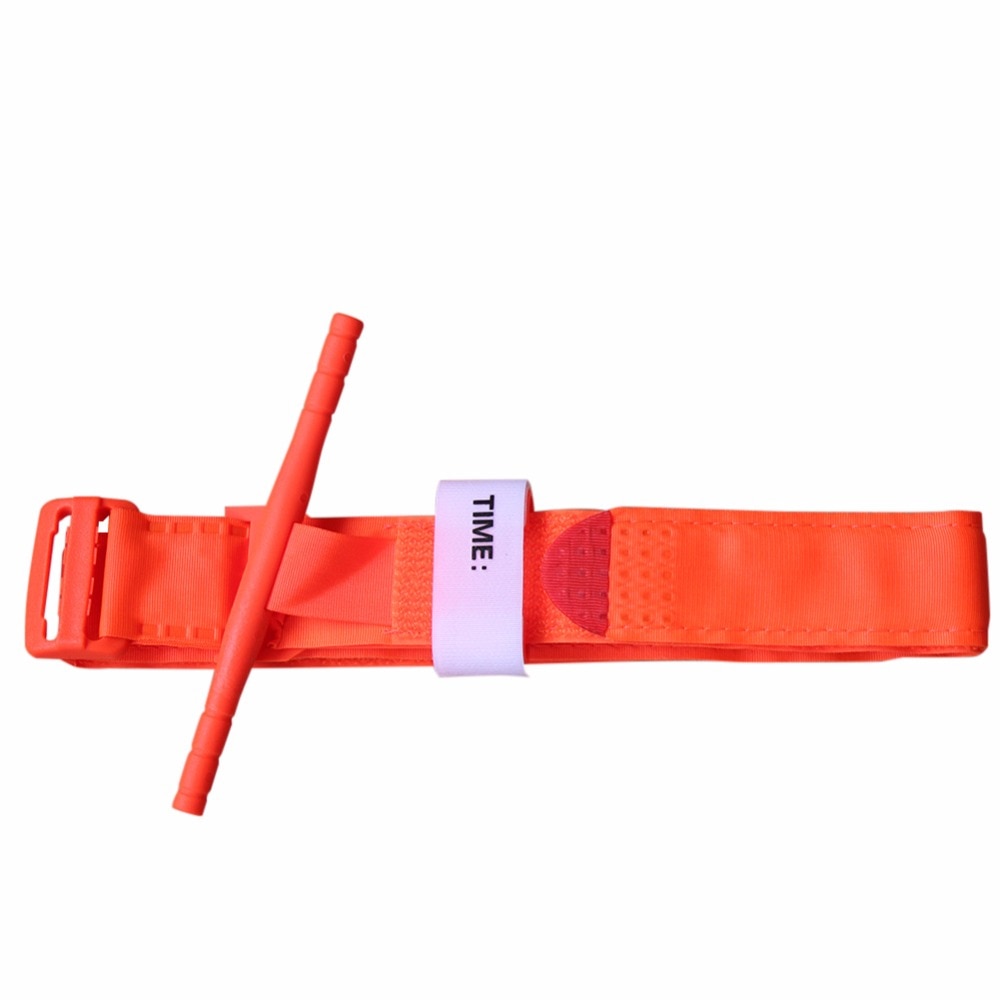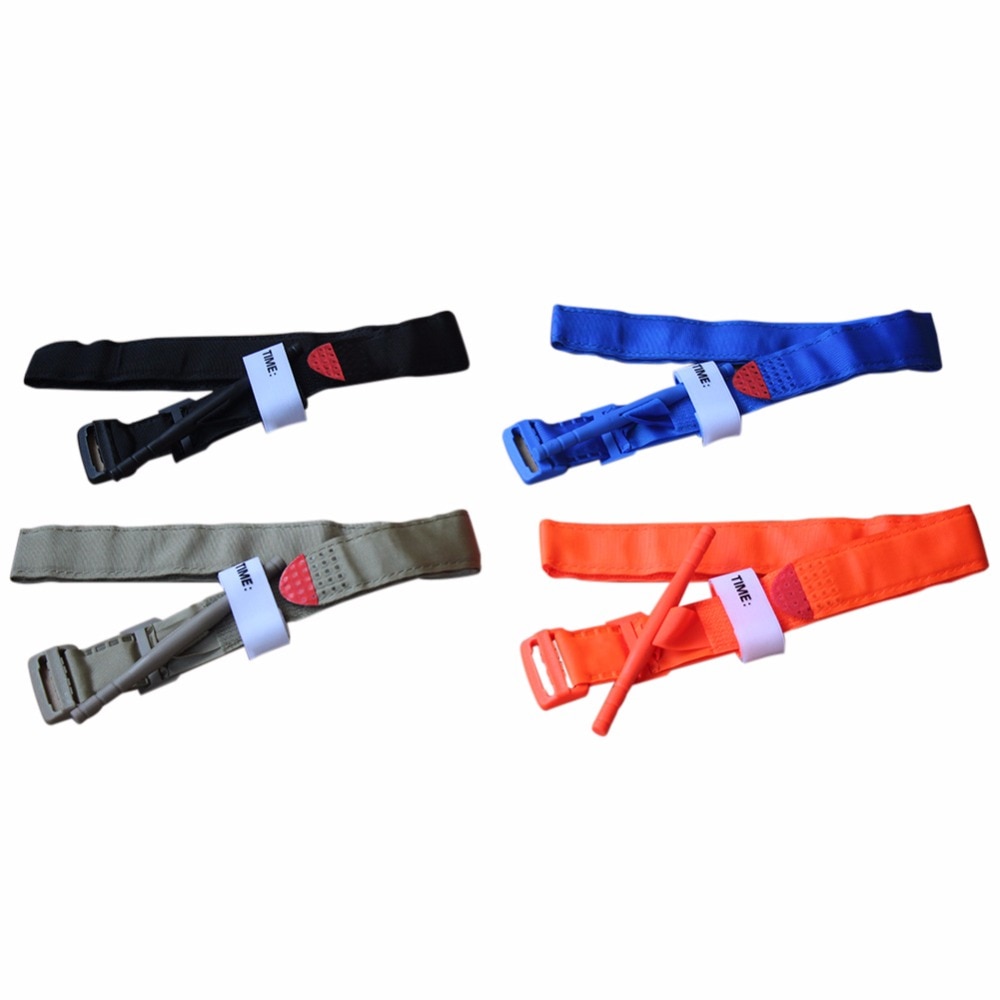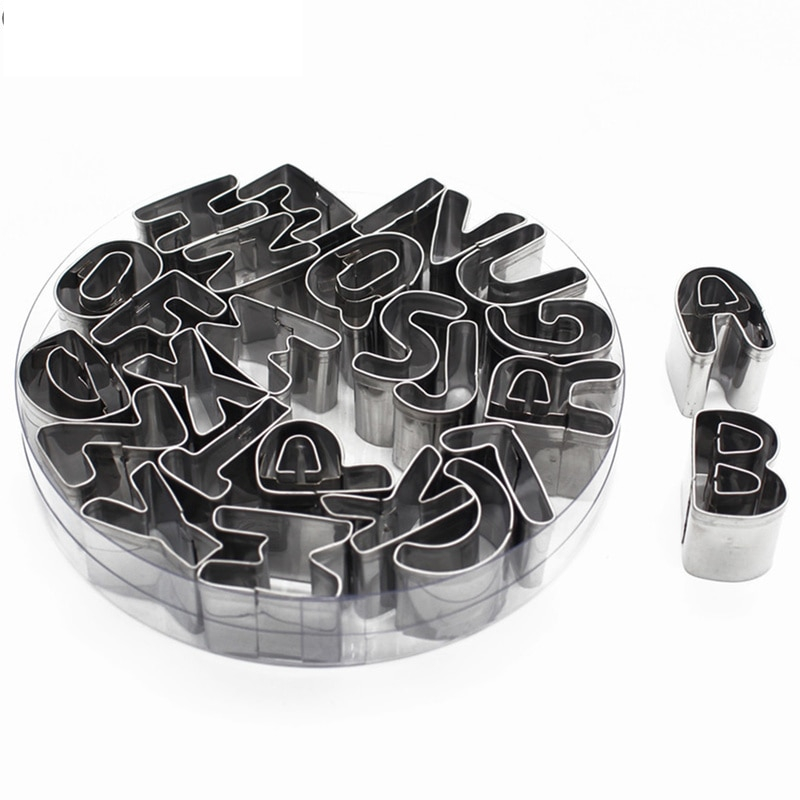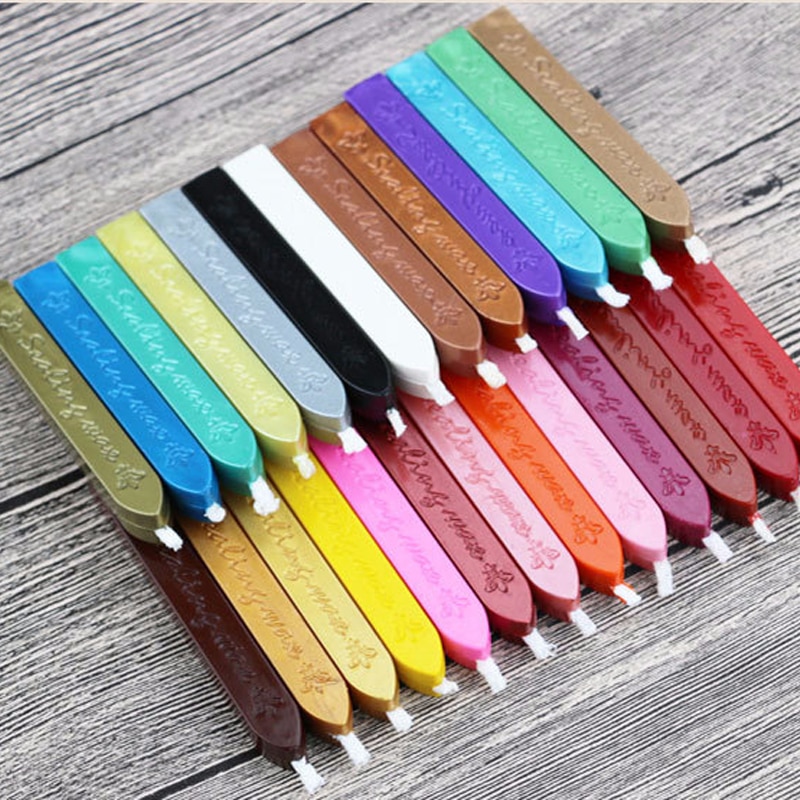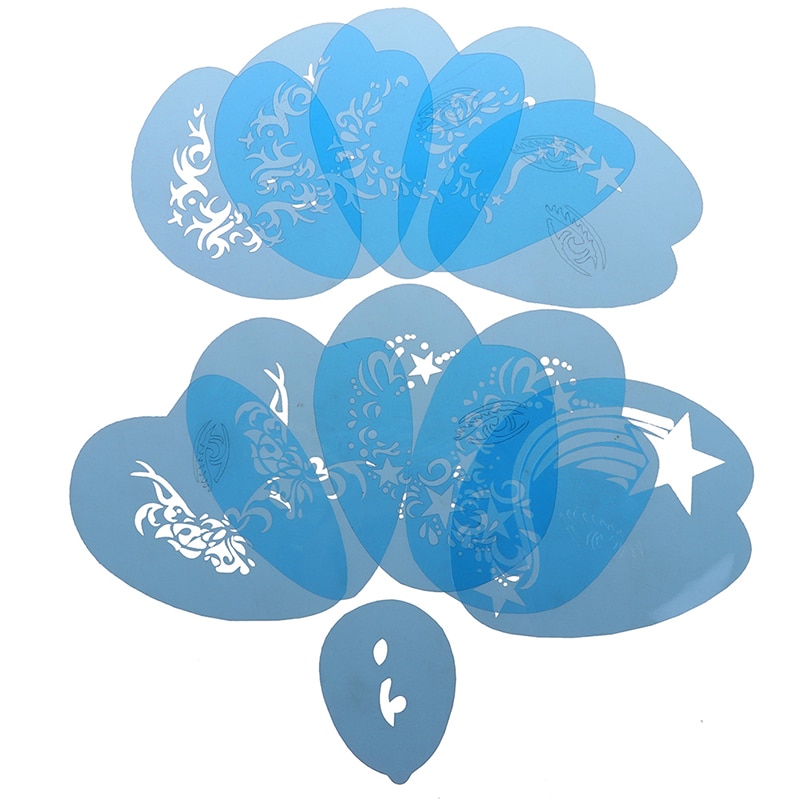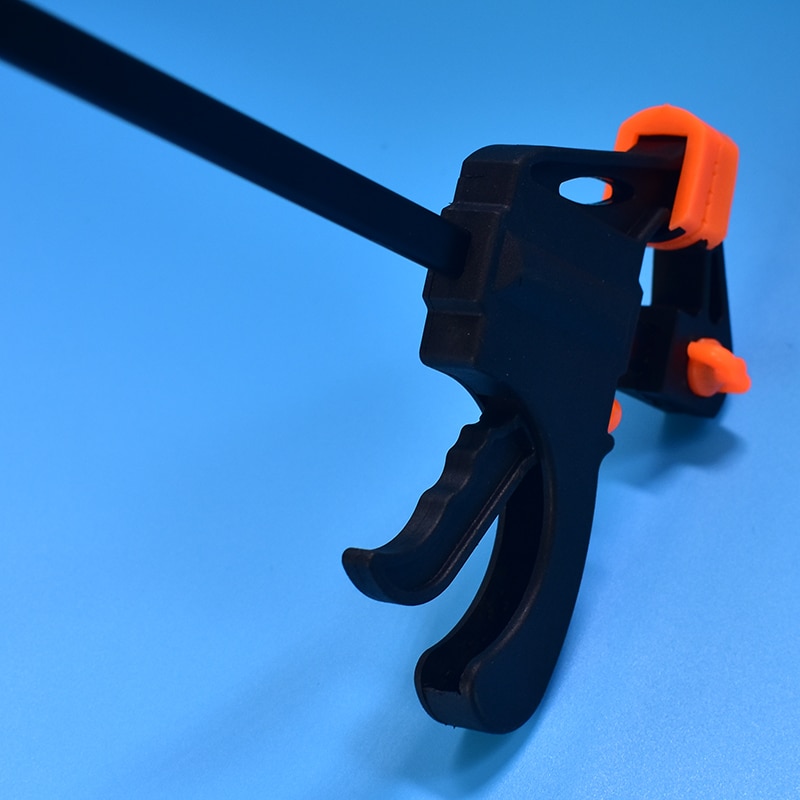- Description
-
Product Description
Tourniquet Medical Injury First Aid
Tourniquet application is a huge help when an accident occurs, and there needs to be an immediate first aid to the injured. The Tourniquet Medical Injury First Aid provides a safe and convenient way to give immediate attention to a bleeding limb.
Designed To Help Stop Loss Of Blood
This tourniquet consists of parts that will purposely staunch the flow of blood. While it is preferable that medical professionals should use this tool, there are individuals trained to initiate the use of such a device. Aiding the injured has come a long way, and people back then made use of what was merely available. The old was taking bandages and sticks to use to straighten the injured part and wound dressings as much as one could. It started in the late 1600s by a French army surgeon. Today, tourniquets have taken on a new form for effective pre-hospital use. Although there is much debate on its effectivity only as a last resort, there is compelling evidence existing that it can stop the bleeding before it becomes worse.
How To Use The Tourniquet
The tourniquet has five parts: the windlass rod, windlass clip, self-adhering band, windlass strap, and band loop. The following are the instructions on how to use the tourniquet. Those who are trained to do so must be the ones to handle this device.
- Apply the tourniquet against the injured area. Place the band loop around the wounded site.
- Pull the band back and make sure that it’s tight. Fasten to hold the position.
- Make sure to adhere to the band on the limb.
- To stop the bleeding, twist the rod until the bleeding staunches.
- Secure the lock by clipping it.
- Place the band over the rod an wrap it around over the extremity and the windlass rod.
- Use the strap to secure the band and rod. Record time if possible.
WRITE YOUR OWN REVIEW


